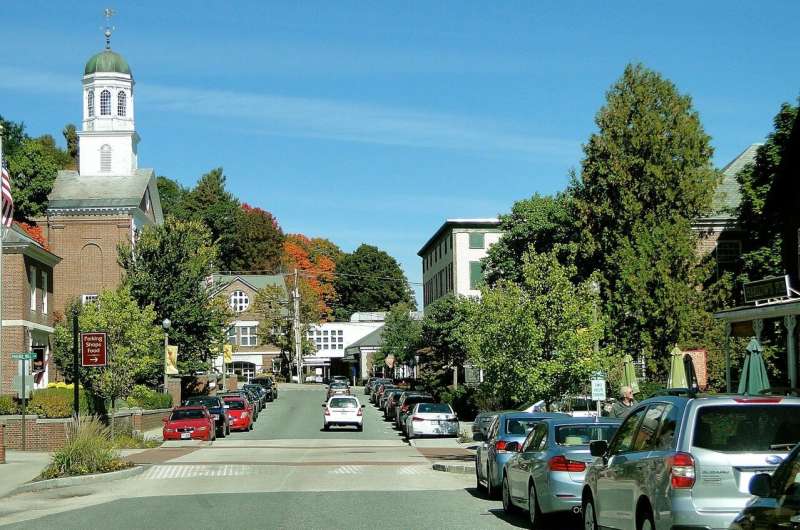RAPID: High-resolution agent-based modeling of COVID-19 spreading in a small town

COVID-19 has wreaked havoc across the planet. As of January 1, 2021, the WHO has reported nearly 82 million cases globally, with over 1.8 million deaths. In the face of this upheaval, public health authorities and the general population are striving to achieve a balance between safety and normalcy. The uncertainty and novelty of the current conditions call for the development of theory and simulation tools that could offer a fine resolution of multiple strata of society while supporting the evaluation of "what-if" scenarios.
The research team led by Maurizio Porfiri proposes an agent-based modeling platform to simulate the spreading of COVID-19 in small towns and cities. The platform is developed at the resolution of a single individual, and demonstrated for the city of New Rochelle, NY—one of the first outbreaks registered in the United States. The researchers used New Rochelle not only because of its place in the COVID timeline, but because agent-based modeling for mid-size towns are relatively unexplored despite the U.S. being largely composed of small towns.
Supported by expert knowledge and informed by officially reported COVID-19 data, the model incorporates detailed elements of the spreading within a statistically realistic population. Along with pertinent functionality such as testing, treatment, and vaccination options, the model also accounts for the burden of other illnesses with symptoms similar to COVID-19. Unique to the model is the possibility to explore different testing approaches—in hospitals or drive-through facilities— and vaccination strategies that could prioritize vulnerable groups. Decision making by public authorities could benefit from the model, for its fine-grain resolution, open-source nature, and wide range of features.
The study had some stark conclusions. One example: the results suggest that prioritizing vaccination of high-risk individuals has a marginal effect on the count of COVID-19 deaths. To obtain significant improvements, a very large fraction of the town population should, in fact, be vaccinated. Importantly, the benefits of the restrictive measures in place during the first wave greatly surpass those from any of these selective vaccination scenarios. Even with a vaccine available, social distancing, protective measures, and mobility restrictions will still key tools to fight COVID-19.
More information: Agnieszka Truszkowska et al. High‐Resolution Agent‐Based Modeling of COVID‐19 Spreading in a Small Town, Advanced Theory and Simulations (2021). DOI: 10.1002/adts.202000277



















